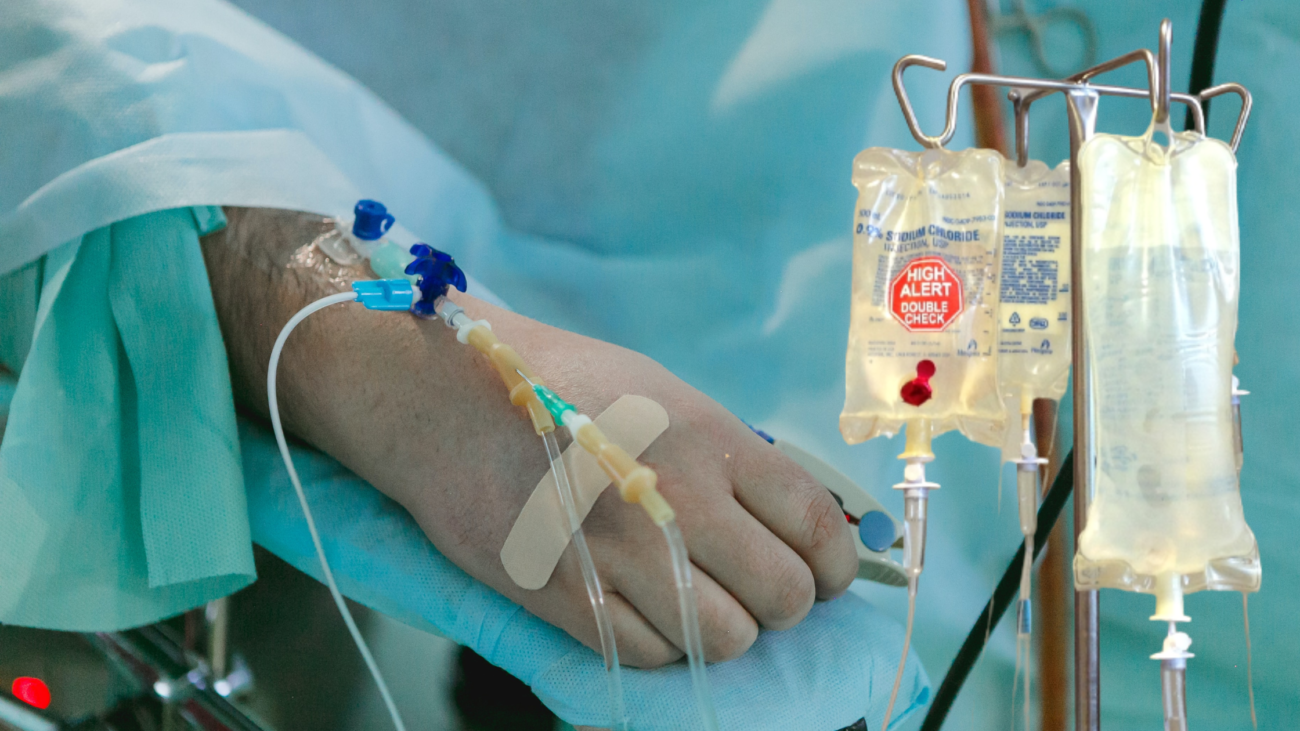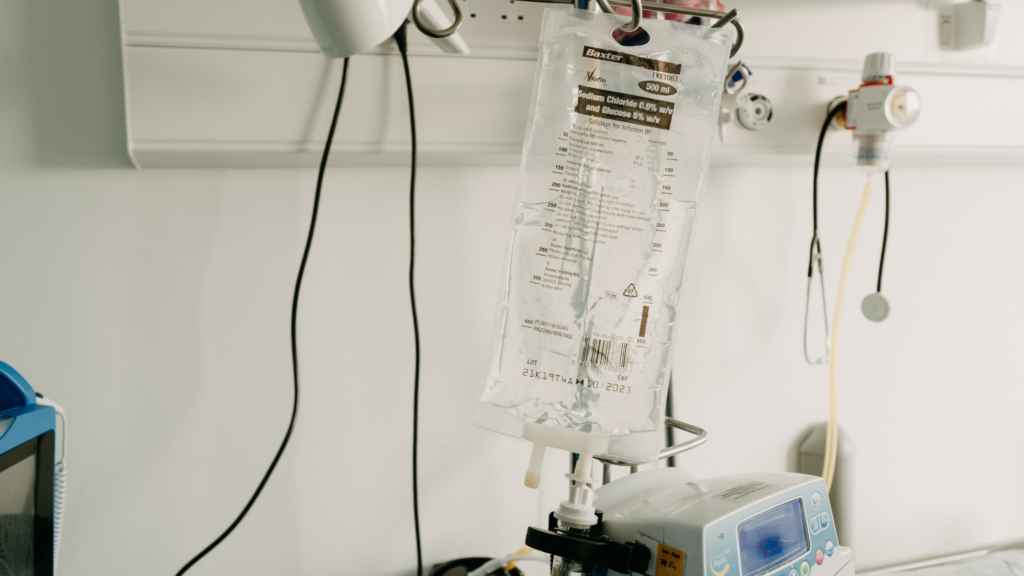Intravenous therapy (IV) is a process that involves the injection of fluids, vitamins, minerals, or medications directly into a vein. This type of therapy provides treatment for various medical conditions, including dehydration and malnutrition. Cancer treatments and medications can also be delivered through Intravenous therapy. In this blog post, we will discuss ten amazing facts about intravenous therapy.
Fact # 01: Intravenous therapy has been used for centuries.
Intravenous therapy was first used in the 15th century to treat patients with the bubonic plague. The process of injecting fluids into a vein was first developed in the 19th century. Intravenous therapy has been used to treat a variety of medical conditions, including dehydration, malnutrition, cancer, and pain.
Fact #02: Intravenous therapy can be used to deliver medication directly to the bloodstream.
Intravenous therapy is an effective way to deliver medication to the bloodstream because it bypasses the digestive system. This type of therapy is often used to deliver chemotherapy drugs and other medications that cannot be taken orally. Intravenous therapy can also be used to deliver fluids and vitamins to the body.
Fact #03: Intravenous therapy can be used to treat dehydration.
Intravenous therapy effectively treats dehydration because it allows fluids to be delivered directly to the bloodstream. This type of therapy is often used in cases of severe dehydration, such as when a person is suffering from heatstroke. Intravenous therapy can also treat dehydration caused by diarrhoea or vomiting.
Fact #04: Intravenous therapy can be used to treat malnutrition.
Intravenous therapy effectively treats malnutrition because it allows nutrients to be delivered directly to the bloodstream. This type of therapy is often used in cases of severe malnutrition, such as when a person is suffering from anorexia nervosa. Intravenous therapy can also treat malnutrition caused by cancer or HIV/AIDS.
Medication, fluids, nutrients, and blood transfusions can be administered using the intravenous route.
Fact #05: Intravenous therapy can be used to deliver cancer treatments.
Intravenous therapy is an effective way to deliver cancer treatments because it allows drugs to be delivered directly to the bloodstream. This type of therapy is often used in cases of leukemia and lymphoma. Intravenous therapy can also deliver other cancer treatments, such as chemotherapy and radiation therapy.
Fact #06: Intravenous therapy can be used to treat pain.
Intravenous therapy effectively treats pain because it allows the medication to be delivered directly to the bloodstream. This type of therapy is often used in cases of severe pain, such as when a person is suffering from a migraine headache. Intravenous therapy can also be used to treat pain caused by arthritis or fibromyalgia.
You may Like This: How To Implement An Evidence-Based System For A Nursing Care Plan For Back Pain
Fact #07: Intravenous therapy can be used to deliver fluids and vitamins to the body.
Intravenous therapy effectively delivers fluids and vitamins to the body because it bypasses the digestive system. This type of therapy is often used to provide fluids and vitamins to people who cannot take them orally. Intravenous therapy can also be used to deliver fluids and vitamins to people who are suffering from malnutrition.
Fact #08: Intravenous therapy can be used to treat a variety of medical conditions.
Intravenous therapy is an effective treatment for a variety of medical conditions, including dehydration, malnutrition, cancer, pain, and infections. Intravenous therapy can also be used to deliver medications, such as chemotherapy drugs, directly to the bloodstream.
Fact #09: Intravenous therapy is a safe and effective treatment option.
Intravenous therapy is a safe and effective treatment option for various medical conditions. IV therapy has been used for centuries to treat a variety of medical conditions, with only few side effects. It is also an effective way to deliver medication to the bloodstream, bypassing the digestive system.
Fact #010: Intravenous therapy can be used with other treatments.
Intravenous therapy can be used in combination with other treatments, such as oral medications to treat a variety of medical conditions. Intravenous therapy can also be used in combination with other treatments, such as surgery to treat a variety of medical conditions. Intravenous therapy can also be used in combination with other treatments, such as radiation therapy to treat a variety of medical conditions. Intravenous therapy is a safe and effective treatment option for a variety of medical conditions.
The Benefits of Intravenous Therapy:
Intravenous therapy can be used to deliver fluids, electrolytes, and nutrients directly to the bloodstream. This can be helpful in cases where the body cannot absorb these nutrients through the digestive system. Intravenous therapy can also be used to administer medications and other treatments directly to the bloodstream.
Intravenous therapy can be used to treat a variety of conditions, including dehydration, malnutrition, and shock. It can also administer medications and other treatments directly to the bloodstream. Intravenous therapy can be an effective treatment for many medical conditions.
Read this: Standards for infusion therapy
FAQs – Frequently Asked Questions:
1. What is intravenous therapy?
Intravenous therapy (IV) is the administration of fluids and medication directly into the vein. This can be done for various reasons, including hydration, delivering medications or nutrients, and blood transfusions.
A nurse or doctor usually performs IV therapy in a hospital setting. In addition, it can also be done at home with the help of a home health care provider.
Intravenous therapy can be used for a short period, such as during surgery, or it can be used for long-term treatment, such as for cancer patients.
2. Why is intravenous therapy used?
There are many reasons why a doctor may order IV therapy. Some of these causes can include the following:
– To deliver fluids and medications directly to the bloodstream
– To hydrate the body
– To treat dehydration
– To provide nutrition (such as for cancer patients who are unable to eat)
– To treat an infection
– To transfuse blood or blood products
Intravenous therapy can also be used for cosmetic purposes, such as to deliver vitamin C or other nutrients to the skin.
Question: Who can benefit from Intravenous Therapy?
Answer: Intravenous therapy can be used to treat various conditions, including dehydration, cancer, and infections.
Question: How long does Intravenous Therapy take?
Answer: Intravenous therapy can take a few minutes to a few hours, depending on the individual case.
Question: Are there any risks associated with Intravenous Therapy?
Answer: Intravenous therapy does carry a small risk of infection and other complications, but these are typically rare.
If you’re considering intravenous therapy, talk to your doctor about all the potential risks and benefits. Intravenous therapy can be a helpful treatment for many conditions, but it’s essential to make sure it’s the right choice for you.



